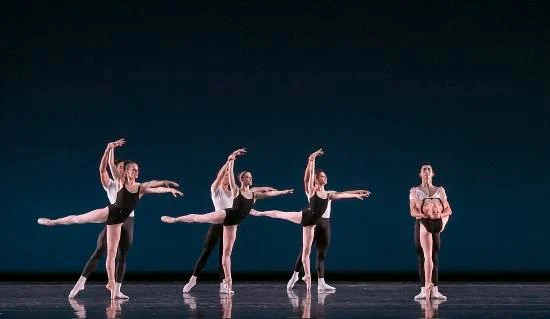
- 1. Understanding the Link Between Music Theory and Dance
- 2. Rhythm and Movement: The Foundation of Both Art Forms
- 3. The Impact of Musicality on Dance Performance
- 4. Applying Music Theory to Dance Training
- 5. Exploring Dance Styles Through Music Theory
1. Understanding the Link Between Music Theory and Dance
Music and dance have been intertwined for centuries, with both forms of art influencing and enhancing each other. At the heart of this connection is music theory, which provides dancers with a deeper understanding of rhythm, tempo, and structure, all of which are essential for precise and expressive movement. A solid understanding of music theory can enable dancers to interpret music more effectively, allowing them to bring greater emotion and storytelling into their performances.
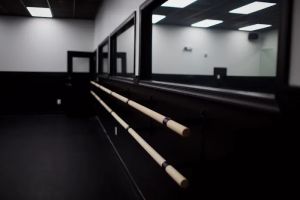
Class Act Performing Arts / class act performing arts
EdgewaterAnne Arundel CountyMaryland
161 Mitchells Chance Rd, Edgewater, MD 21037, USA
2. Rhythm and Movement: The Foundation of Both Art Forms
One of the most important elements in both music and dance is rhythm. Rhythm forms the backbone of music, while movement in dance is often driven by rhythmic patterns. Understanding how to sync movements with beats, time signatures, and tempo is essential for any dancer. Music theory helps dancers recognize these patterns, leading to a smoother and more cohesive performance.
Rhythm in dance and music is typically organized into beats, measures, and phrases. The way dancers move—whether it’s a sharp gesture or a smooth, flowing movement—often correlates directly to the rhythm of the music. By understanding the underlying structure of music, dancers can anticipate changes in the music and adjust their movements accordingly.

The Dancel Y in Ellicott City / y dancel
Ellicott CityHoward CountyMaryland
4331 Montgomery Rd, Ellicott City, MD 21043, USA
3. The Impact of Musicality on Dance Performance
Musicality is a dancer's ability to interpret and express the music they are dancing to. This is a crucial skill that enhances the overall performance. A dancer who is highly musical is not only in sync with the rhythm of the music but also in tune with its emotional nuances, dynamics, and phrasing.
For example, in ballet, the fluidity of a pirouette can be heightened by the way the dancer aligns their movements with the crescendos or decrescendos in the music. In contemporary or hip-hop dance, the strong beats in the music may prompt sharper, more powerful movements. Music theory allows dancers to better understand these nuances and to use them to add depth to their performances.
4. Applying Music Theory to Dance Training
Incorporating music theory into dance training can enhance a dancer’s overall ability. Understanding time signatures, tempo changes, and chord progressions helps dancers anticipate the flow of the music and prepare their bodies for the movements that follow. For example, knowing the difference between a 3/4 waltz time and a 4/4 time signature allows a dancer to better prepare for changes in movement style or rhythm during a performance.
By recognizing the various parts of a song—such as verses, choruses, and bridges—dancers can structure their routines to emphasize these musical elements. This awareness of musical form can lead to more dynamic choreography and greater audience engagement.
5. Exploring Dance Styles Through Music Theory
Different dance styles respond to different musical structures. Classical ballet often emphasizes smooth, flowing movements that match the elegant, melodic lines of classical music. In contrast, hip-hop dance is more driven by the syncopated, percussive beats of rap or electronic music. Understanding the principles of music theory allows dancers to explore and adapt their movements according to the unique characteristics of the music they are working with.
Whether it’s the storytelling quality of contemporary dance, the precision of jazz, or the energy of street dance, music theory helps dancers adapt and fine-tune their approach to each style. Knowing when to accentuate a particular note or beat, or when to hold a pause in the music, can give the dancer an edge in performance.
For dancers looking to deepen their understanding of music theory and improve their performances, consider visiting Creative Edge Dance Studio for expert advice and resources.
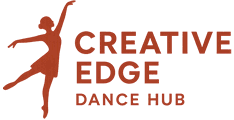
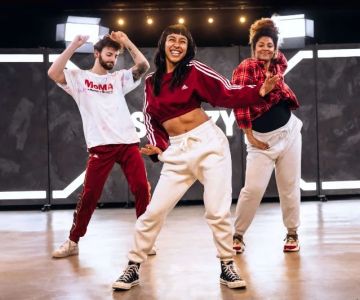
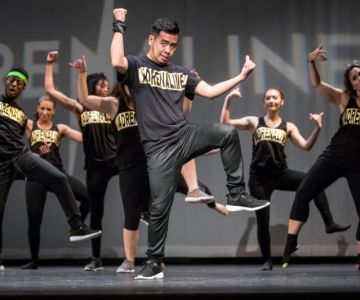

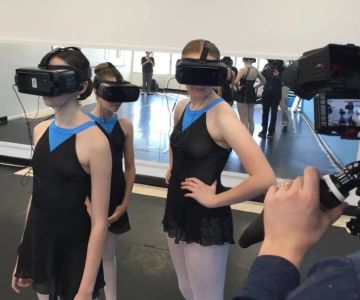
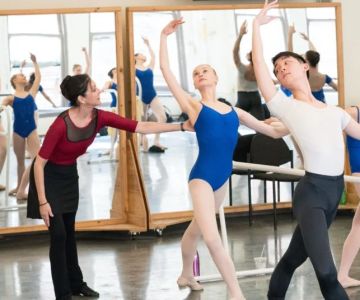
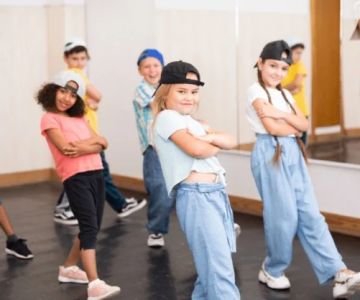
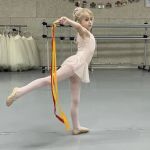 Sarah's School of Ballet5.0 (15 reviews)
Sarah's School of Ballet5.0 (15 reviews) Rudra Dance Academy0.0 (0 reviews)
Rudra Dance Academy0.0 (0 reviews) FLOCK Dance Center5.0 (2 reviews)
FLOCK Dance Center5.0 (2 reviews)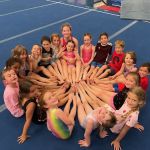 Upper Merion Dance & Gymnastics Center LLC4.0 (66 reviews)
Upper Merion Dance & Gymnastics Center LLC4.0 (66 reviews)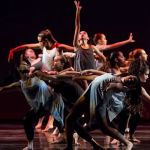 Contemporary Ballet Dallas4.0 (97 reviews)
Contemporary Ballet Dallas4.0 (97 reviews) Arthur Murray Dance Studio Edgewater4.0 (35 reviews)
Arthur Murray Dance Studio Edgewater4.0 (35 reviews)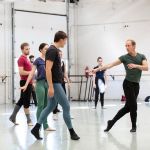 The Best Ways to Meet Professional Dancers and Choreographers
The Best Ways to Meet Professional Dancers and Choreographers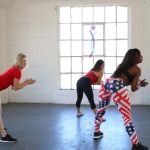 What is Twerking? Cultural Roots and How to Learn Safely
What is Twerking? Cultural Roots and How to Learn Safely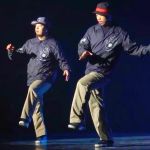 Understanding Popping, Hits, Waves, and Robotics in Dance Culture
Understanding Popping, Hits, Waves, and Robotics in Dance Culture How I Learned to Use AI-Generated Choreography for My Audience — My Story
How I Learned to Use AI-Generated Choreography for My Audience — My Story How to Film a Great Dance Video for Social Media with Your Phone
How to Film a Great Dance Video for Social Media with Your Phone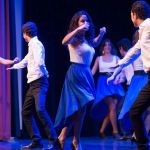 My Story of Starting a Student-Run Dance Club at College — What I Did
My Story of Starting a Student-Run Dance Club at College — What I Did